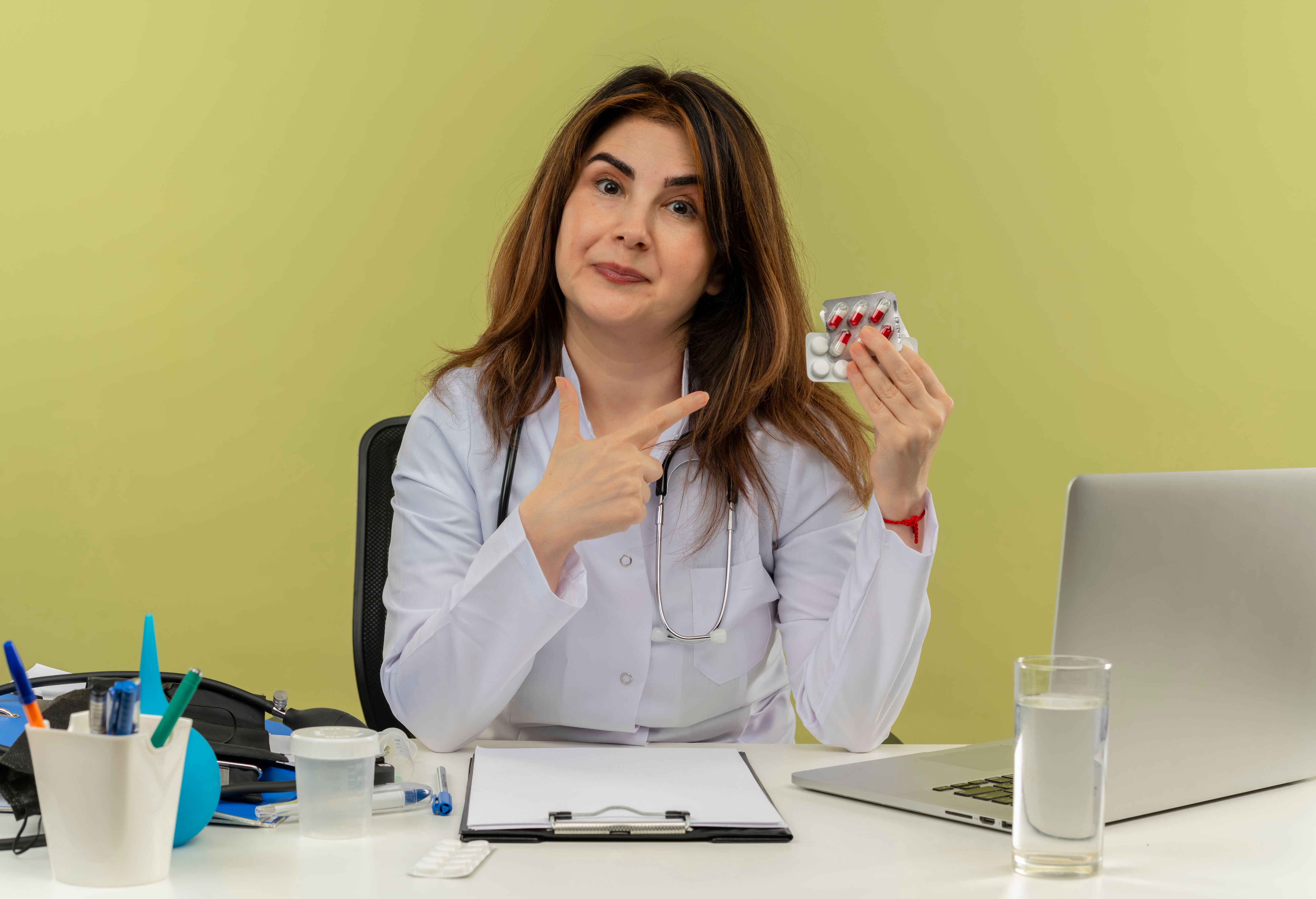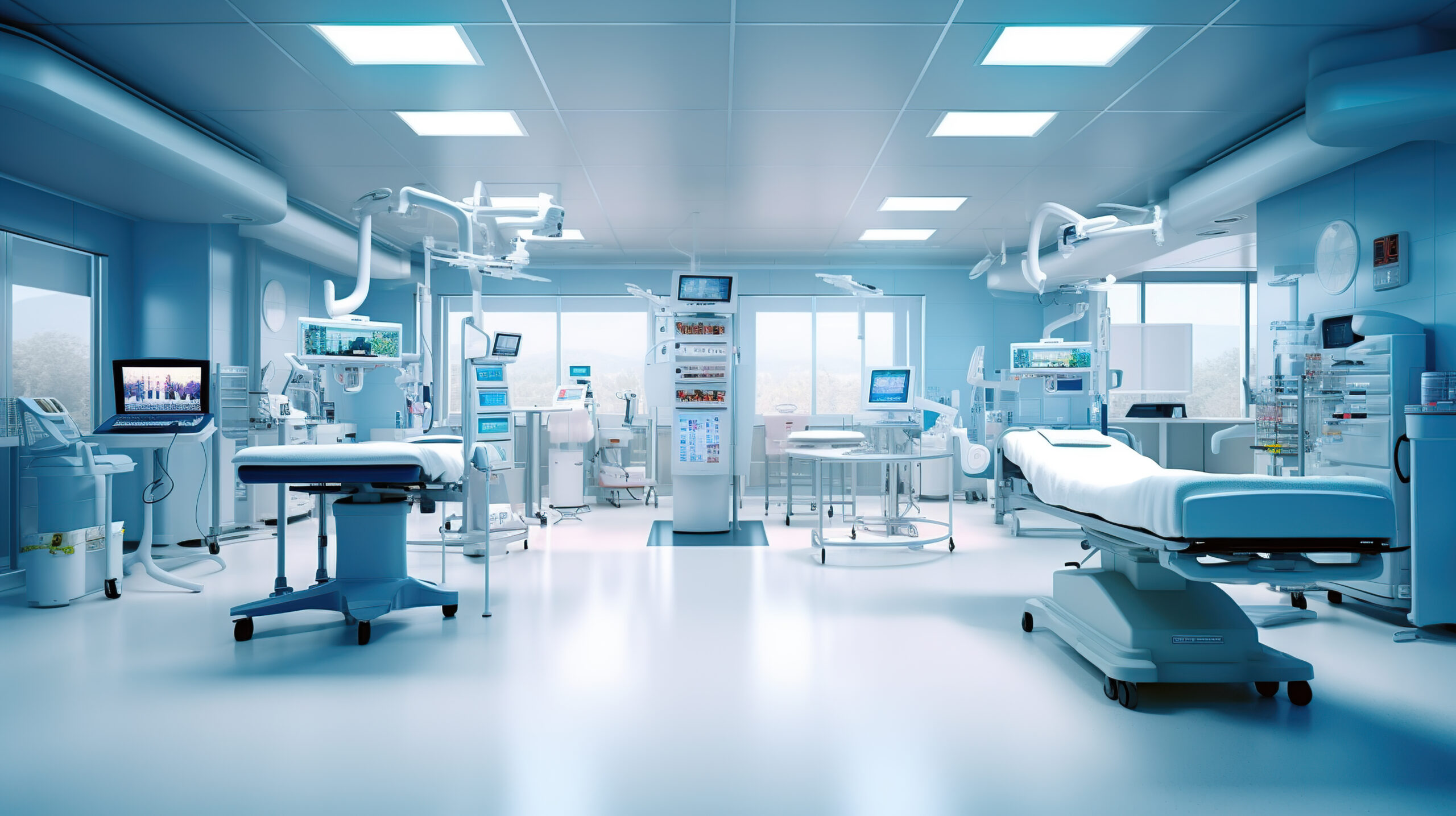Revolutionizing Healthcare: The Role of Mobile Diagnostic Services
In the ever-evolving landscape of healthcare, advancements in technology continue to reshape the way medical services are delivered. One such innovation that stands out is the advent of Mobile Diagnostic Services. These services bring the diagnostic process directly to the doorstep of patients, offering a range of benefits that enhance accessibility, convenience, and overall healthcare efficiency.
Accessible Healthcare Anytime, Anywhere
Mobile Diagnostic Services bridge the gap between patients and essential medical testing by eliminating the need for individuals to travel to healthcare facilities. This accessibility is particularly crucial for those with mobility challenges, elderly individuals, or patients residing in remote areas where reaching a diagnostic center may be logistically challenging. With a mobile unit equipped with state-of-the-art diagnostic equipment, healthcare professionals can now deliver services directly to the patient’s home or community.
Comprehensive Diagnostics On the Go
The scope of Mobile Diagnostic Services extends beyond routine check-ups. These mobile units are equipped with advanced diagnostic tools, including portable X-ray machines, ultrasound devices, and mobile laboratories capable of conducting a wide array of tests. This enables healthcare providers to perform diagnostics for conditions ranging from routine health screenings to more complex examinations without the patient having to leave the comfort of their home.
Timely Detection and Intervention
Mobile Diagnostic Services play a pivotal role in facilitating early detection of health issues. By bringing diagnostic tools to the patient, these services contribute to timely screenings and early interventions. For conditions such as cardiovascular diseases, diabetes, or certain types of cancer, early detection significantly improves the chances of successful treatment and long-term management. This proactive approach to healthcare aligns with the broader goal of preventive medicine.
Enhancing Patient Experience
The traditional model of visiting a diagnostic center often comes with the stress of scheduling appointments, waiting times, and the inconvenience of travel. Mobile Diagnostic Services prioritize patient comfort and experience by minimizing these challenges. Patients can schedule appointments at their convenience, receive diagnostics promptly, and interact with healthcare professionals in a more personalized setting. This patient-centric approach contributes to a more positive and stress-free healthcare experience.
The Future of Healthcare at Your Doorstep
As technology continues to advance, Mobile Diagnostic Services represent a glimpse into the future of healthcare delivery. The integration of telehealth platforms, coupled with mobile diagnostics, creates a seamless healthcare ecosystem where patients can connect with healthcare professionals, receive diagnostics, and even discuss results—all from the comfort of their homes.
In conclusion, Mobile Diagnostic Services are at the forefront of transforming the healthcare landscape. By prioritizing accessibility, comprehensive diagnostics, timely interventions, and an enhanced patient experience, these services are paving the way for a more patient-centric and efficient healthcare system. As we embrace the era of healthcare innovation, Mobile Diagnostic Services stand as a beacon of progress, bringing healthcare directly to the doorsteps of those in need.




